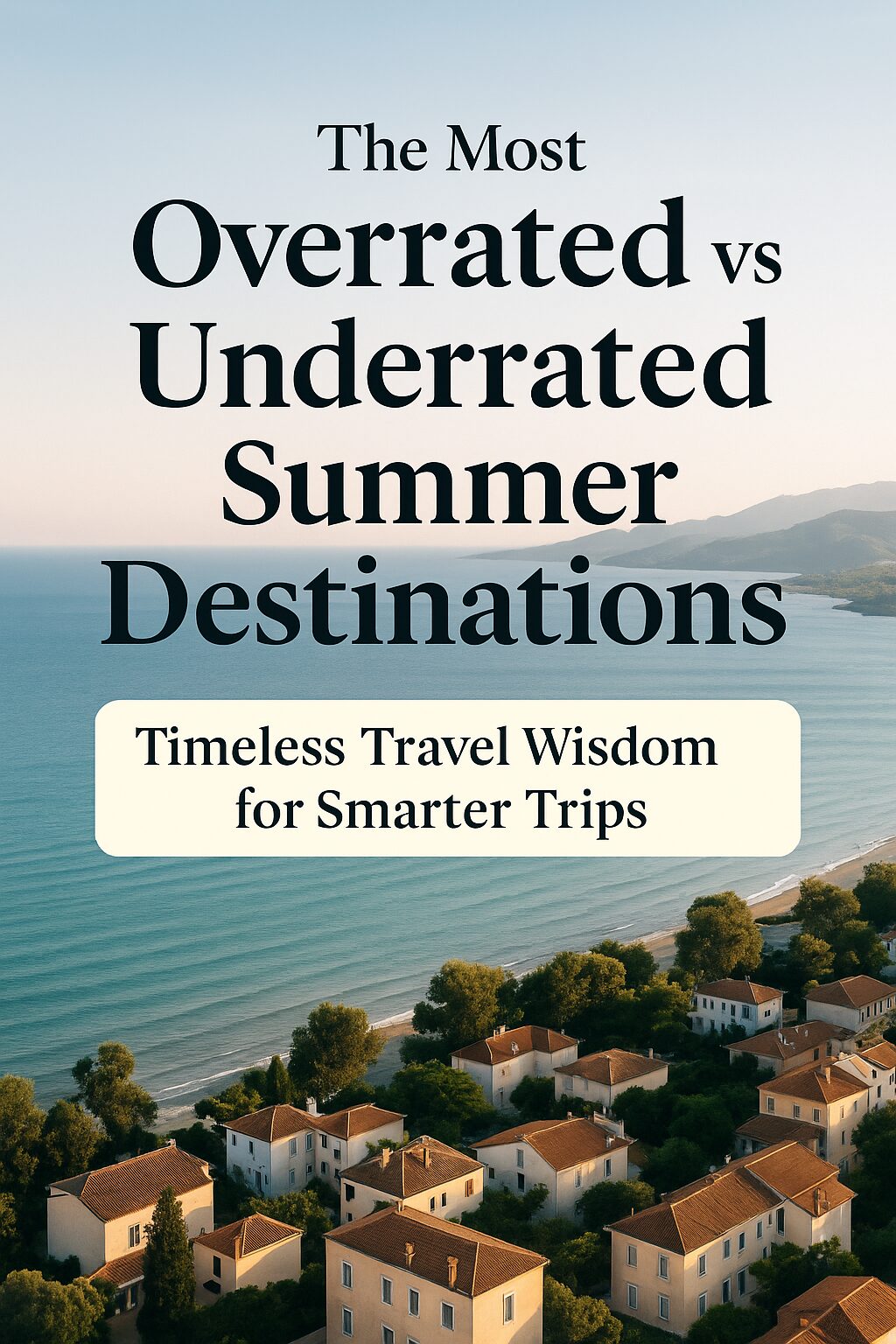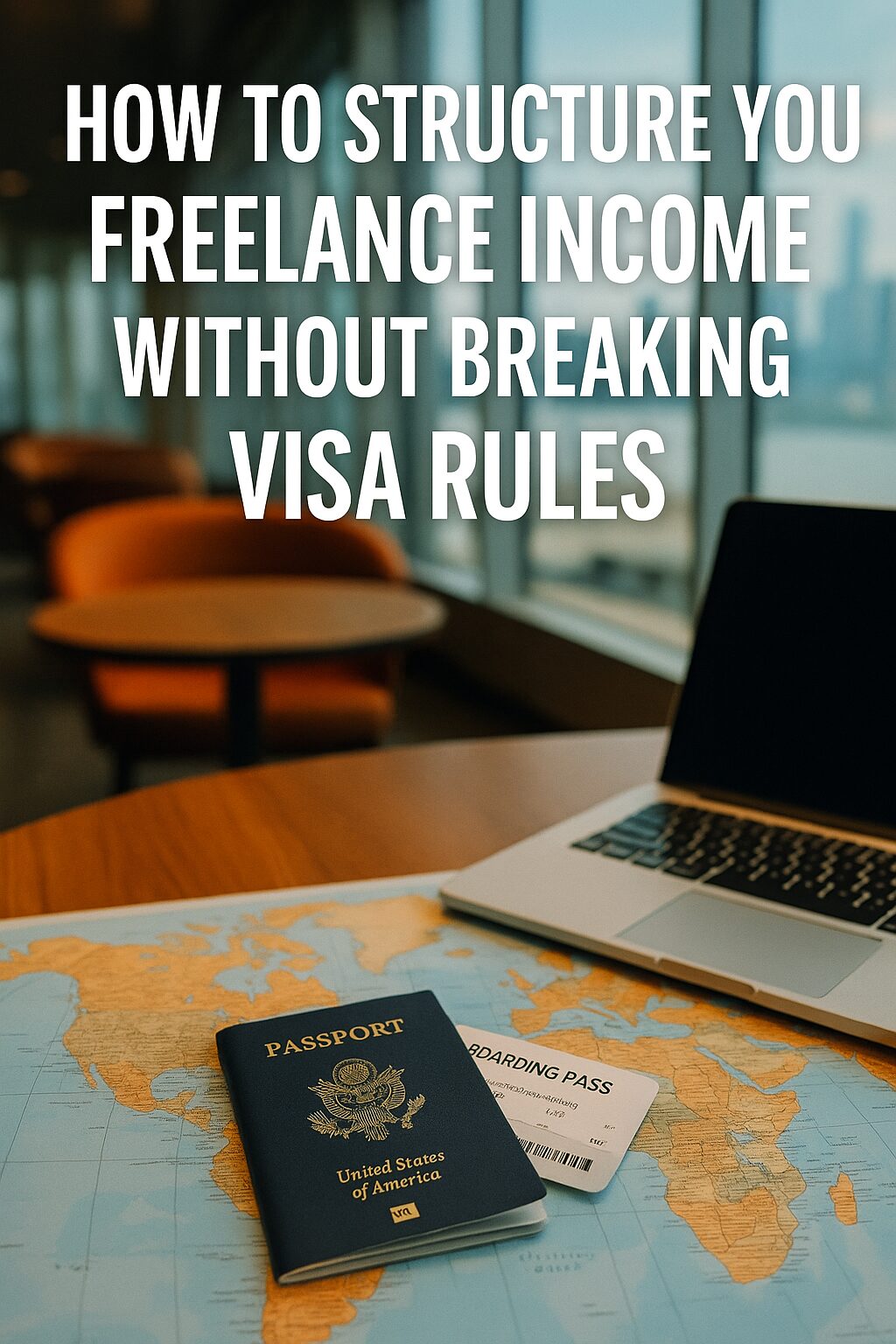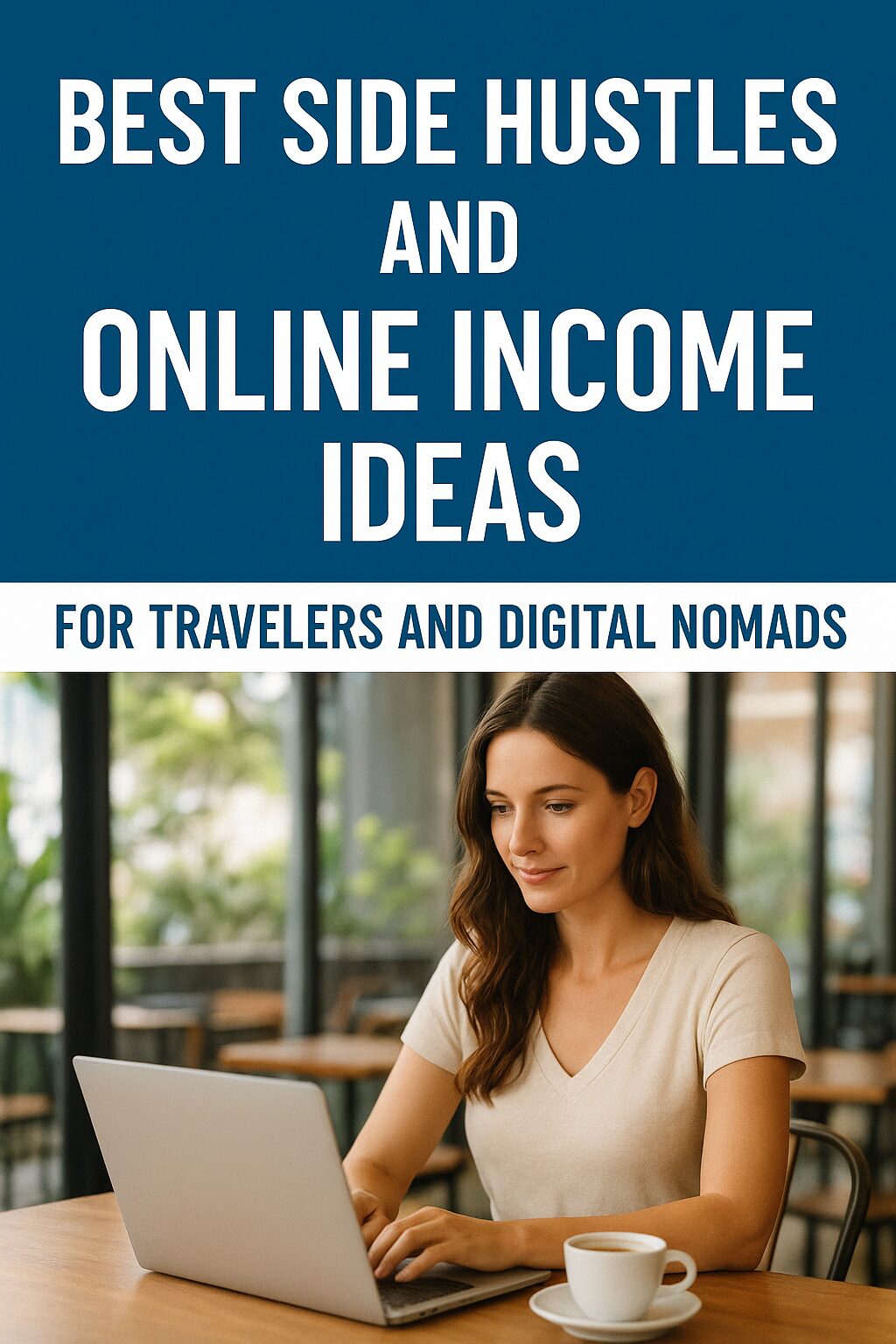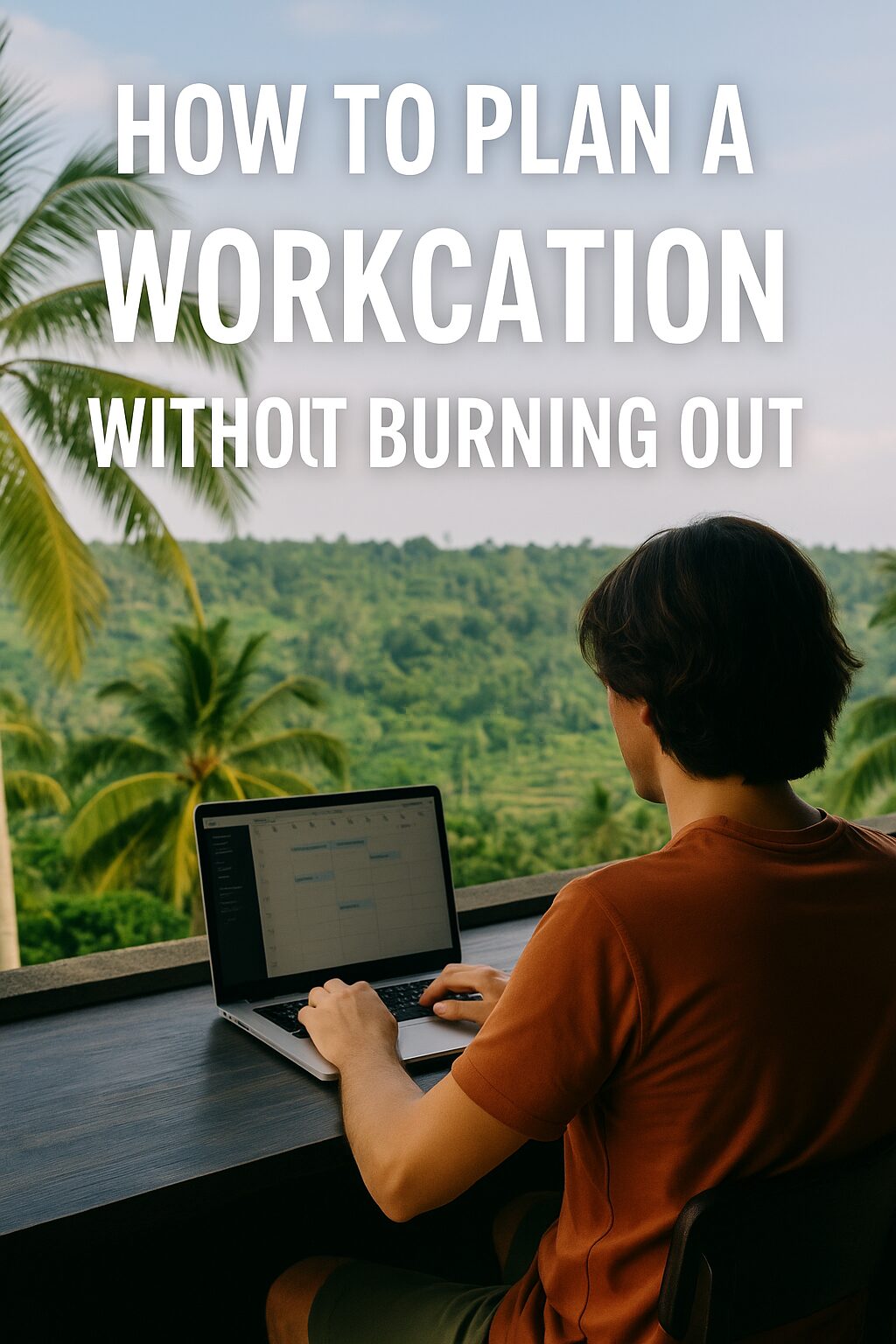A Practical Guide to Choosing the Right Coverage While Living Abroad
Why Travel Insurance Is No Longer Optional
For digital nomads, travel insurance used to feel like a “maybe.”
Not anymore.
Flight cancellations, lost laptops, sudden illnesses abroad—these are real risks when your life is 100% mobile.
In this post, we break down the top travel insurance options specifically designed for digital nomads, long-term travelers, and remote workers.
We’ll focus on what truly matters:
✔️ Coverage for remote work gear
✔️ Emergency healthcare abroad
✔️ Visa compliance
✔️ COVID or endemic illness support
✔️ Country-hopping flexibility
1. SafetyWing – Affordable and Nomad-Friendly
Best For: First-time nomads, remote workers on a budget
Overview:
SafetyWing is built by nomads, for nomads.
It works in 180+ countries, renews automatically every 28 days, and covers most essentials.
Pros:
- Starts at ~$45/month
- Covers COVID, emergency medical, evacuation, and even political unrest
- Includes limited coverage in your home country
- Works even if you’re already abroad
Cons:
- No coverage for trip cancellation
- Gear protection (like laptops) requires add-ons
Key Features:
- Can be bought after departure
- Renew month-to-month
- Good for visa applications (proof of coverage available)
2. World Nomads – Adventure-Ready and Flexible
Best For: Travelers who engage in sports or multi-country trips
Overview:
World Nomads is well known in the backpacker and explorer community.
It’s pricier but covers a wide range of sports and gear.
Pros:
- Strong medical coverage
- Covers over 150+ adventure activities
- Generous limits for personal belongings and theft
- Multi-destination coverage
Cons:
- Pricier: ~$100+/month depending on location
- May require proof of residency for purchase
Key Features:
- Claims can be filed online
- 24/7 global assistance
- Good for those traveling with camera equipment or instruments
3. Genki – Simple, Transparent Global Coverage
Best For: Europeans and digital nomads looking for ease and clarity
Overview:
Genki is an emerging favorite among EU-based nomads.
It offers one flat price for all countries and a clear policy structure.
Pros:
- Transparent pricing (e.g., €69/month)
- Accepts most nationalities
- Long-term options (up to 2 years)
- Direct billing available in some countries
Cons:
- Does not cover trip interruption or cancellations
- No U.S. home country coverage
Key Features:
- App-based claim management
- No hidden clauses
- Especially helpful for EU citizens working abroad
4. Insured Nomads – Tech-Focused with Mental Health Coverage
Best For: Remote workers who want premium features
Overview:
Insured Nomads blends traditional insurance with digital tools like global telemedicine and mental health support.
Pros:
- Includes therapy and mental health sessions
- Telemedicine and 24/7 support through their app
- Works for both short and long-term stays
- Visa support letter available
Cons:
- Premium pricing: $90–$150/month
- Coverage limits vary by plan
Key Features:
- Cybersecurity and crisis response tools
- Can cover families traveling together
- Cryptocurrency payment supported
5. IMG Global – Classic Provider with Custom Plans
Best For: Families, older nomads, and complex itineraries
Overview:
IMG offers high-limit, U.S.-style plans with many customization options.
It’s ideal if you want serious medical coverage.
Pros:
- Extensive hospital network
- Custom deductible and max benefit options
- Family and senior-friendly plans
Cons:
- Application process can feel bureaucratic
- Some plans not available in all countries
Key Features:
- Excellent for long stays in one country
- Suitable for those with pre-existing conditions
- May help meet residency requirements in visa applications
How to Choose the Right Insurance as a Digital Nomad
Key Questions to Ask:
- Will you be working remotely or taking adventure trips?
- Do you need tech gear coverage (laptop, camera)?
- Will you stay in one country or move frequently?
- Do you want mental health, therapy, or virtual doctor access?
- Are you required to show proof of insurance for a visa?
Comparison Snapshot:
| Provider | Best For | Starting Price | Key Feature |
|---|---|---|---|
| SafetyWing | Budget nomads | ~$45/month | Country-hopping + simple renewal |
| World Nomads | Adventurous travelers | ~$100/month | Covers extreme sports & theft |
| Genki | EU-based nomads | €69/month | Transparent & no residency required |
| Insured Nomads | Tech-savvy workers | ~$120/month | Mental health + telemedicine |
| IMG Global | Families & seniors | Varies | Strong U.S.-style medical network |
Pro Tips for Filing Claims Smoothly
- Keep scanned copies of receipts, medical records, and incident reports
- Use your provider’s mobile app to report claims instantly
- Always report thefts or accidents to local authorities
- For gear loss, take photos and get documentation from hotels or airlines
Final Thoughts: Insurance That Matches Your Life
Don’t just buy “travel insurance.”
Buy coverage that aligns with how you live.
If you’re working remotely, moving often, and carrying expensive gear, your needs are different from a tourist.
Investing in the right plan is cheaper than one emergency without coverage.
Peace of mind is not optional—it’s part of working smarter.
디지털 노마드를 위한 최고의 여행자 보험 – 여름 추천 플랜 총정리
해외 장기 체류자를 위한 실전 보험 선택 가이드
이제 여행자 보험은 선택이 아닙니다
예전에는 “여행자 보험”이 옵션처럼 느껴졌습니다.
하지만 이제는 아닙니다.
비행 취소, 노트북 도난, 해외에서 갑자기 아픈 상황 등은
모두 디지털 노마드에게 실제 일어나는 위험입니다.
이 글에서는 디지털 노마드, 장기 여행자, 원격근무자를 위해 설계된
실전 보험 플랜을 비교 분석합니다.
핵심 포인트:
- 원격근무 장비 보호
- 해외 응급 의료 지원
- 비자 제출용 보험 증명
- 전염병/코로나 보장 여부
- 국가 간 자유로운 이동 허용 여부
1. SafetyWing – 저렴하고 노마드 친화적
추천 대상: 여행 보험이 처음인 노마드, 예산이 제한된 원격근무자
개요:
SafetyWing은 노마드가 만든 노마드를 위한 보험입니다.
180개국 이상에서 적용되며, 28일 단위로 자동 갱신됩니다.
장점:
- 월 $45 수준으로 저렴
- 코로나, 응급 의료, 정치적 불안 등 광범위한 보장
- 자국 체류 중 일부 보장 가능
- 이미 해외에 있어도 가입 가능
단점:
- 여행 취소는 보장 안 됨
- 노트북 등 장비 보장은 별도 옵션 필요
주요 특징:
- 출국 후에도 가입 가능
- 월단위 유연한 갱신
- 비자 제출용 증명서 발급 가능
2. World Nomads – 모험가와 다국가 여행자용
추천 대상: 액티비티 중심 여행자, 다국가 일정이 많은 디지털 노마드
개요:
World Nomads는 백패커와 모험 여행자 사이에서 유명한 보험사입니다.
가격은 다소 높지만 다양한 활동과 장비를 보장합니다.
장점:
- 강력한 의료 보장
- 150개 이상의 액티비티 포함 (스쿠버, 등산 등)
- 고가 장비 도난 보장
- 여러 국가 여행 시 유리
단점:
- 월 $100 이상으로 가격대가 있음
- 일부 국가는 가입 시 거주 증명 요구
주요 특징:
- 온라인 청구 가능
- 24시간 글로벌 지원
- 고가 장비(카메라 등)를 들고 다니는 여행자에게 유리
3. Genki – 심플하고 투명한 유럽 중심 보험
추천 대상: 유럽 국적의 노마드, 복잡한 구조가 싫은 사용자
개요:
Genki는 최근 유럽 디지털 노마드 사이에서 인기 있는 보험입니다.
국가 상관 없이 한 가지 요금, 명확한 조건이 장점입니다.
장점:
- 고정 요금제 (€69/월)
- 대부분 국적 수용 가능
- 최대 2년까지 장기 체류 옵션
- 일부 국가에서는 병원 직접 청구 가능
단점:
- 여행 취소/중단 보장은 없음
- 자국 내 보장은 불포함
주요 특징:
- 앱 기반 간편 청구
- 숨겨진 조항 없이 투명한 계약
- 유럽 기반 노마드에 최적화
4. Insured Nomads – 정신건강까지 보장하는 테크 중심 보험
추천 대상: 정신건강·원격의료 기능이 필요한 프리미엄 사용자
개요:
Insured Nomads는 보험과 디지털 도구의 결합이 강점입니다.
원격 정신과 상담, 위기 대응, 텔레메디슨 기능을 제공합니다.
장점:
- 정신건강 상담, 심리 치료 포함
- 앱으로 24시간 원격의료 이용 가능
- 단기~장기 체류 모두 가능
- 비자 제출용 서류 제공
단점:
- 월 $90~150 수준으로 가격대가 높음
- 보장 한도는 플랜별로 다름
주요 특징:
- 사이버 보안, 위기 대응 도구 포함
- 가족 단위 여행자도 가입 가능
- 암호화폐 결제 가능
5. IMG Global – 가족, 고령자에게 유리한 전통형 보험
추천 대상: 가족 단위 여행자, 50대 이상 노마드, 장기 체류자
개요:
IMG는 커스터마이징 가능한 미국형 보험 플랜이 강점입니다.
고액 의료비 대비, 병원 네트워크 다양성에서 강력합니다.
장점:
- 광범위한 병원 네트워크
- 자기부담금/보장한도 조정 가능
- 가족 및 고령자 전용 플랜 있음
단점:
- 가입 절차가 다소 복잡
- 일부 국가에서는 이용 불가
주요 특징:
- 한 국가에 장기 체류하는 경우 유리
- 기존 질병을 고려한 플랜 선택 가능
- 거주비자 발급 시 활용 가능
나에게 맞는 여행자 보험을 고르는 핵심 질문
- 원격근무 중인가요? 아니면 모험 여행을 하나요?
- 노트북, 카메라 등 장비 보호가 필요한가요?
- 한 국가에 오래 머무르나요? 여러 국가를 이동하나요?
- 정신건강, 원격진료 기능이 필요한가요?
- 비자 신청에 필요한 보험 증명서가 필요한가요?
빠른 비교 요약표
| 보험사 | 가장 적합한 대상 | 월 요금 | 핵심 특징 |
|---|---|---|---|
| SafetyWing | 예산형 노마드 | 약 $45 | 국가 이동 자유 + 간편 갱신 |
| World Nomads | 모험/다국가 여행자 | 약 $100 이상 | 액티비티·장비 도난 보장 |
| Genki | 유럽 중심 노마드 | €69 | 투명한 요금, 거주지 불필요 |
| Insured Nomads | 테크 중심 사용자 | 약 $120 | 정신건강·텔레메디슨 포함 |
| IMG Global | 가족/고령자 | 플랜별 다름 | 미국형 의료 체계 + 커스터마이징 가능 |
청구를 원활하게 하는 실전 팁
- 모든 영수증, 진단서, 현지 신고서 등은 사진 찍어 클라우드 저장
- 앱을 통한 실시간 청구 기능 활용
- 도난/사고 시 반드시 현지 경찰서에 신고
- 장비 분실 시 호텔/항공사로부터 공식 문서 요청
마무리: 당신의 삶에 맞는 보험을 고르세요
단순한 “여행자 보험”이 아니라
당신의 생활 방식에 맞는 보험을 선택해야 합니다.
원격근무, 다국가 체류, 고가 장비를 갖춘 라이프스타일에는
전통적인 여행자 보험이 충분하지 않을 수 있습니다.
한 번의 응급 상황이 수백만 원의 차이를 만들 수 있습니다.
당신의 평온은 선택이 아니라, 전략입니다.









